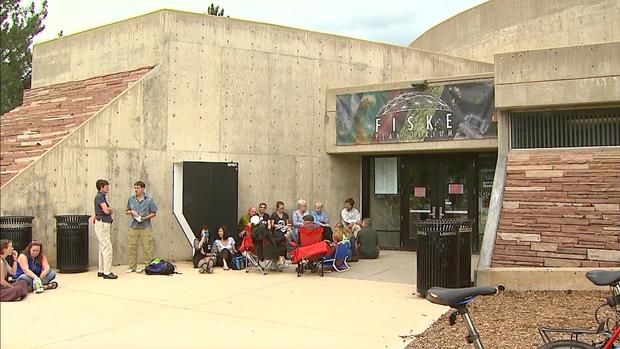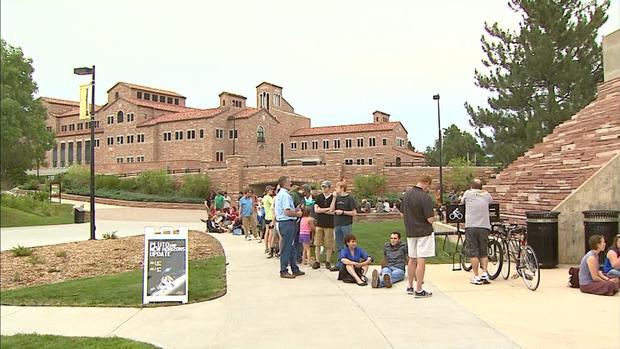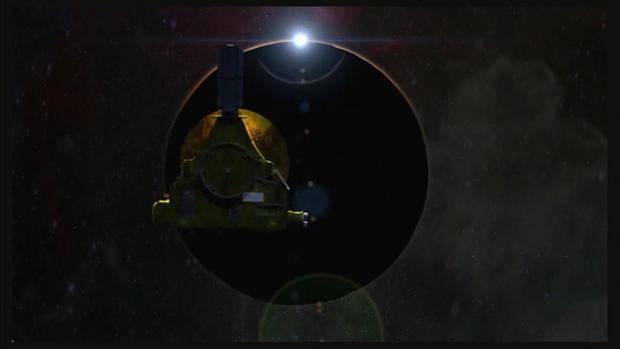Hundreds Flock To CU's Planetarium To See Images From Pluto
BOULDER, Colo. (CBS4) - NASA is celebrating a successful decades-long journey to the outer reaches of the solar system as the New Horizons spacecraft swept past Pluto on Tuesday morning, sending back new pictures of the dwarf planet.
Hundreds of people at the University of Colorado's Fiske Planetarium celebrated the newest discoveries of Pluto.
The interest in this mission is vast, as evidenced by the line of people waiting outside the doors for a spot in the planetarium, and will continue to grow as the spacecraft sends back new information.
"I got here at 3:30 p.m. to get in line and get the tickets and see the images from the spacecraft," said astronomy fan John Kineman.
The line stretched around the Fiske Planetarium. Everyone gathered to see what's new with the dwarf planet Pluto.
"I'd like to see some images. I know they're already available to some people, but nice to see them as soon as possible and I'm curious what we're going to find," Kineman said.
All 210 seats of the planetarium filled quickly with people eager to get a look at new images of the mysterious dwarf planet.
"It's just gonna be cool to witness history, in a way, because future generations are gonna be looking back to that," said one young boy.
One astronomer at CU said the earliest pictures are already teaching them a lot more about the relatively unknown planet.
"Now that we've discovered Pluto is a little bigger than we thought even yesterday, it means there's a little more ice and a little less rock," Duncan said.
Duncan says it's going to be a long process with the new findings.
"New Horizons sends pictures back to us at about the speed of a dial-up modem. So it takes a long time to send one picture," Duncan said.
But the pictures are already giving astronomers new information.
"Out there by Pluto are 100 other big icy bodies just like it," said Dr. Douglas Duncan, CU Astronomer.
And the science is just the beginning.
"Even when we pass Pluto on this mission, now the astronomers are asking, 'Can we go to another one of Pluto's friends out there?' " Duncan said.
As the new information is gathered, the next two nights there's more Pluto-mania at the Fiske Planetarium where discussions will focus on those new findings.







